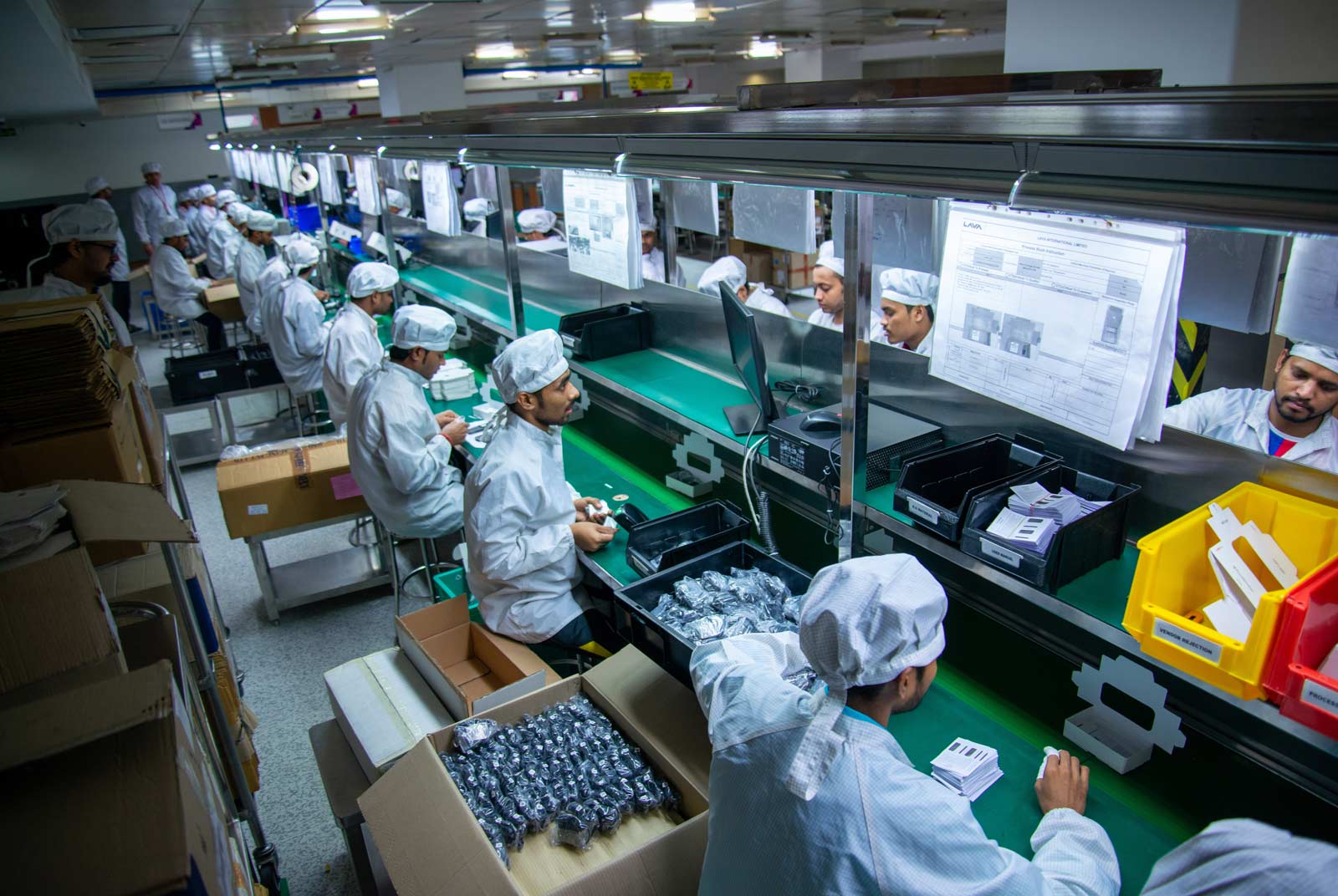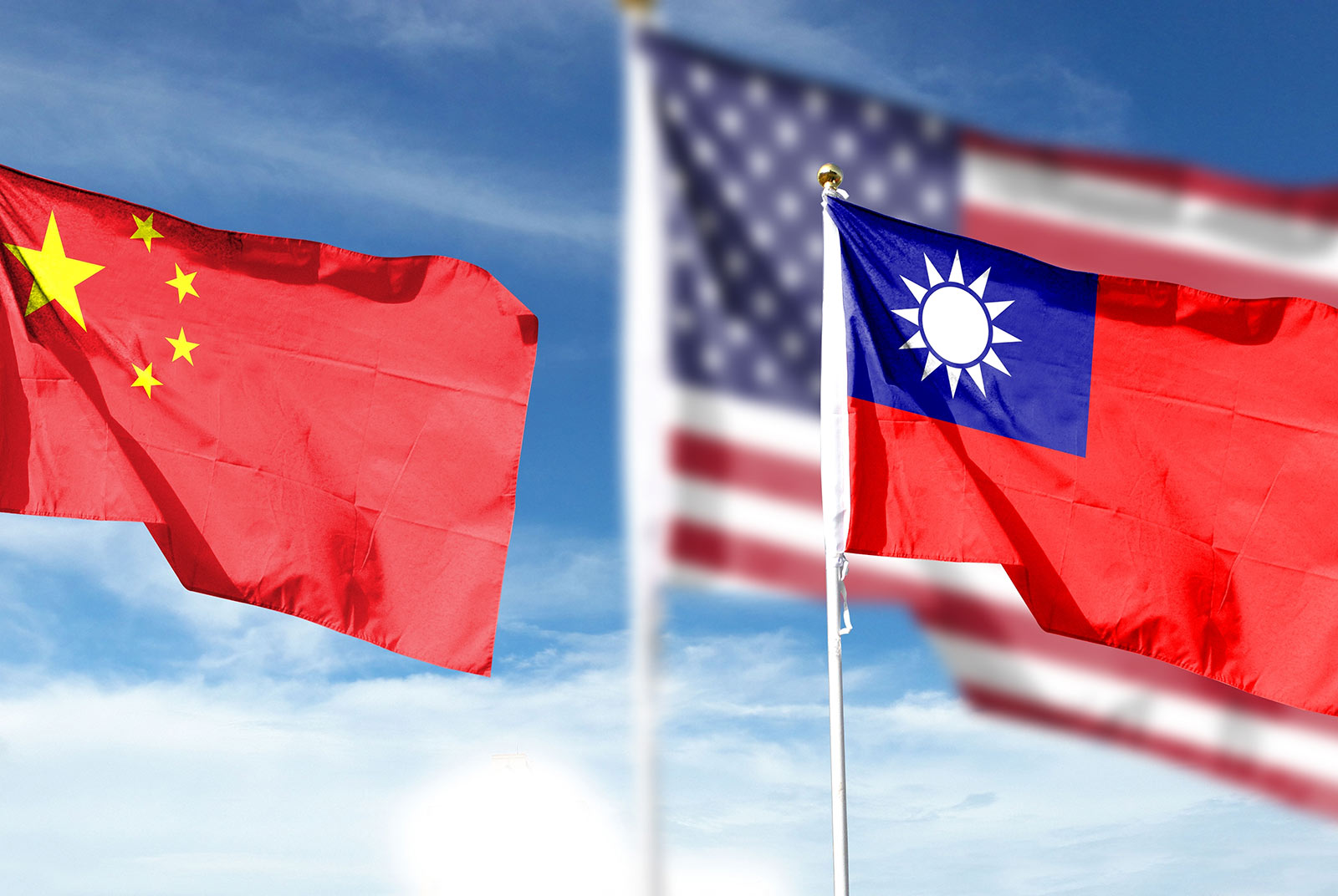How can the 2023 Indian budget boost opportunities for Taiwan industries?

Source:shutterstock
The 2023 Indian Budget was announced February 1st. The attorney Arpita Dutta believes this will open a new window for bilateral cooperation, ranging from semiconductors, battery manufacturing, electric vehicles to 5G technology.
Views
How can the 2023 Indian budget boost opportunities for Taiwan industries?
By Arpita Duttaweb only
When India’s budget proposals were announced on February 1st, not only Indians but also the world was looking with great enthusiasm. With an out-of-China vibe, India has become a potential candidate for creating a new supply chain ecosystem, which makes the Indian budget plan relevant.
Since Taiwan is currently looking for a manufacturing partner for offshoring China-based Taiwan businesses, the 2023 budget can be an indication of how more India-Taiwan business collaboration can be streamlined.
The budget could open the door to abundant collaboration opportunities between Taiwan and India, benefitting especially the industries of semiconductor, precision engineering, green growth, inclusive development, battery manufacturing, electric vehicle (EV), and 5G technology.
The 2023 budget entails several adjustments to budget allocation, allowing the EV battery industry where Taiwan and India are highly interdependent, to enjoy 13 percent (down from the original 21 percent) custom duty exemption for lithium battery cells. This will not only encourage India to transition to electric vehicles but also pave the way for more collaboration and cultivate confidence between India and Taiwan.
Since the relaxing of Covid protocols, we have witnessed several high-level business delegations from both countries visiting one another with an aim to understand the opportunities. Last November, Taiwan Electrical and Electronic Manufacturers' Association (TEEMA) chairman Mr. Richard Lee, and Taiwan’s de-facto Ambassador to India, Mr. Baushuan Ger, visited important Indian cities to enhance the India-Taiwan bilateral investment framework, especially for EV and relevant technology areas. Now, we can definitely say that this budget brings more opportunities for Taiwan EV battery sectors.
The semiconductor industry, which has the highest potential for collaboration, is allocated with a budget totaling INR$3,000 crore (US$360 million). This would include silicon-based semiconductor fabs, other kinds of semiconductor fabs including chip packaging, and design-linked incentives (DLIs). This budget is particularly relevant with the Foxconn–Vedanta JV project, which is aimed at creating a semiconductor fab unit, a display fab unit, and a semiconductor assembling and testing unit. Besides that, as Foxconn is proactively expanding its production in India, the group’s supply chain could very well leverage this new budgetary scope and can plan to expand in or relocate to India.
In September 2019, the Indian government announced that any new domestic manufacturing company can enjoy a corporate income tax at 15%, the lowest in the world. The 2023 budget has further extended such discount to any new manufacturing cooperative societies commencing production before March 31, 2024, in order to encourage more manufacturing in the cooperative sector. A great number of attendees at match-making events organized by industries, including the Automotive Component Manufacturers Association of India (ACMA), affirmed a positive outlook from both countries.
The budget also has a focus on developing talents familiar with manufacturing facilities utilizing future technologies, specifically, machine learning, artificial intelligence and robotics. Furthermore, the budget also prioritizes commercial, residential, and retail development.
Another point of note is the government’s infrastructure investment, specifically in railways, road transport, and highways. A 33% increase in capital expenditure on infrastructure investment could prominently improve connectivity and bring in prominent foreign direct investment in different real estate sectors. In Fiscal Year 2021, India received US$81.72 billion FDI for infrastructure activities. Over the past decade, Japan is proactively attuning Indian infrastructure projects and is involved in several major projects, including the Guwahati Water Supply Project, and the North-East Road Network Connectivity Improvement Project.
Recently, the Chief Representative of JICA India has announced possibilities to set up joint foreign infrastructure development projects with India and its neighboring countries. With this aim, Taiwan can also cultivate the possibilities to be involved in projects aligned with Indian budgetary allocation.
The Production Linked Incentive (PLI) Scheme is one more point that manufacturing companies are paying attention to in the budget. The scheme became quite popular in Taiwan when Foxconn and Wistron, two major Taiwanese companies, were chosen for the PLI incentives in 2021.
With the introduction of the PLI scheme in 2018, Indian manufacturing facilities see their budgetary allocation grow almost every year. However, the 2023 budget remained silent about the PLI. And we might need to wait till the next year to see new budgets allocated to a few closely-watched sectors, like toy manufacturing, leather and renewable energy.
The current Indian budgetary reforms are believed to boost foreign direct investment and create a manufacturing hub. It is expected that India can see a GDP growth of around 7% in 2023, providing robust growth compared to those of other major economies.
India and Taiwan have been accelerating their engagement. Bilateral trade has grown nearly six-fold from USD$1.19 billion in 2001 to almost USD$7.7 billion in 2021. With an increase in India-Taiwan collaboration, the long-requested FTA between the two countries now stands a better chance of becoming reality.
The offshoring of China-based Taiwanese businesses can positively boost India’s production and innovation capacities, not only to meet the domestic demand of a population of 1.4 billion, but also to leverage the world’s demand for exports.
The 2023 budget can be considered a prominent push for investors, heralding success for Taiwanese industries.
(This piece reflects the author's opinion, and does not represent the opinion of CommonWealth Magazine.)
About the author:

Arpita Dutta is a legal consultant at ‘Louis International Patent Office’, ‘Louis & Charles's Attorneys at Law’ and ‘STARTBOARD Incubator’. Her background has been civil and corporate laws in India. In Taiwan, she has been providing legal support in seasoned industries for corporate and IP disputes and the investors for their intended ventures in India and Taiwan. She is a guest lecturer at the National Taipei University of Technology and Chang Gung University.
Have you read?
- Shift, Shake or Shock? Lessons for Taiwan investment in India
- Key takeaways from the first post-COVID Taiwan delegation visit to India
- What an India-Taiwan FTA entails
Uploaded by Ian Huang






